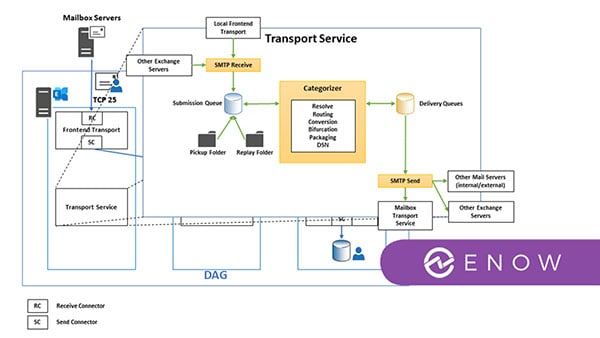Tips for Elegantly Departing Employees’ Mailboxes
While handling employee separation is generally a process controlled or handled by human resources, IT has to get involved somehow to manage email, contacts, and other knowledge items stored within Exchange. Here are some suggestions on how to gracefully handle the technical side of employees transitioning out of your organization.














